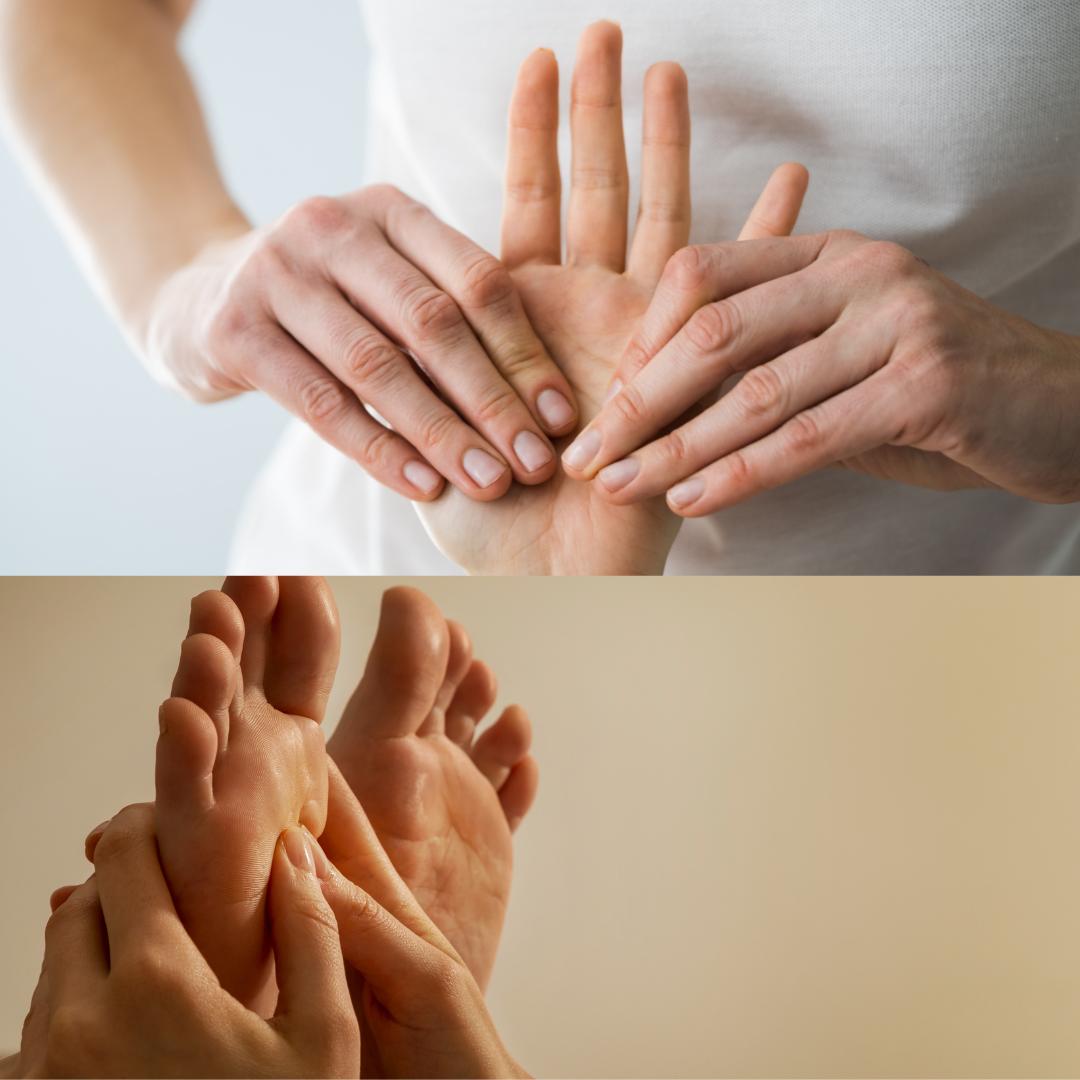The Healing Touch of Shiatsu Massage: A Path to Balance and Well-being
In a fast-paced world filled with stressors, it's no surprise that people are seeking holistic approaches to health and relaxation. One such approach that has gained prominence in recent years is Shiatsu massage. Originating in Japan, Shiatsu is a traditional therapeutic practice that has transcended cultural boundaries to offer a profound sense of physical and mental rejuvenation. In this article, we will delve into the fascinating world of Shiatsu Massage, exploring its history, principles, techniques, and the myriad benefits it offers to individuals seeking balance and well-being.
Shiatsu, which translates to "finger pressure" in Japanese, has its roots in ancient Asian healing traditions, particularly Chinese and Japanese medicine. This massage therapy is grounded in the concept of Qi, the vital life force that flows through the body's meridians. According to traditional Eastern medicine, imbalances in Qi can lead to physical and emotional ailments. Shiatsu practitioners aim to restore harmony and balance to the body by manipulating and stimulating the body's energy pathways.
The Modern Evolution
Shiatsu as we know it today evolved in the early 20th century, influenced by both traditional Eastern practices and Western anatomical knowledge. Tokujiro Namikoshi, a Japanese therapist, is often credited as one of the pioneers who helped shape modern Shiatsu. Namikoshi's work laid the foundation for Shiatsu's recognition as a legitimate therapeutic practice in Japan and beyond.
Shiatsu Principles and Techniques
Shiatsu Massage involves the skilled application of pressure to specific points on the body, primarily using the therapist's fingers, thumbs, palms, and elbows. The practitioner's touch is firm yet gentle, and it follows the body's meridians to encourage the free flow of Qi. Here are some key principles and techniques of Shiatsu:
Qi Balancing: The core principle of Shiatsu is to balance the body's Qi. Practitioners identify areas of excess or deficiency and work to harmonize these energy imbalances.
Meridian Activation: Shiatsu therapists target specific meridians and acupressure points to alleviate tension and improve energy flow. These points are often associated with organs and bodily functions.

Stretching and Mobilization: Gentle stretches and joint mobilization techniques are employed to improve flexibility and relieve muscle tension.
Breathing: Both the therapist and the recipient focus on deep, rhythmic breathing, which aids relaxation and enhances the flow of Qi.
Holistic Approach: Shiatsu considers the whole person, addressing physical, emotional, and mental aspects of well-being. It aims to treat the root cause of discomfort rather than just alleviating symptoms.
Benefits of Shiatsu MassageStress Reduction: Shiatsu Massage promotes relaxation and reduces stress by calming the nervous system. It has been reported to provide relief from symptoms associated with anxiety, depression, and insomnia.
Pain Relief: Many individuals turn to Shiatsu for relief from chronic pain conditions such as back pain, neck pain, and headaches. It can also be effective in managing musculoskeletal issues.
Improved Circulation: By stimulating the flow of Qi and blood, Shiatsu massage enhances circulation, which can promote healing and reduce swelling.
Enhanced Flexibility: Shiatsu incorporates gentle stretching, which can improve joint flexibility and muscle suppleness.
Boosted Immune Function: Regular Shiatsu sessions are believed to enhance the immune system's responsiveness, helping the body defend against illness.
Balanced Energy: Shiatsu's primary aim is to balance the body's energy, promoting overall well-being and preventing health issues before they arise.
Emotional Healing: Shiatsu is not just about the physical body; it also addresses emotional and mental imbalances. Many clients report feeling a sense of calm and emotional release after a session.
Shiatsu in Modern Healthcare
Shiatsu has gained recognition in the field of complementary and alternative medicine (CAM) and is often used in conjunction with conventional medical treatments. Many hospitals and wellness centers now offer Shiatsu therapy as part of their holistic approach to patient care. Its non-invasive nature and focus on promoting overall wellness make it an appealing option for individuals seeking an integrated approach to health.
Choosing a Shiatsu Practitioner
When seeking a Shiatsu practitioner, it's essential to ensure they are qualified and certified. Look for therapists who have completed reputable training programs and have a certification from a recognized Shiatsu organization. A qualified practitioner will conduct an initial assessment, discuss your specific needs, and tailor the treatment accordingly
In a world where stress and health challenges abound, Shiatsu Massage offers a holistic path to balance and well-being. Its rich history, rooted in Eastern healing traditions, has evolved into a respected therapeutic practice with a myriad of benefits. Whether you're looking to reduce stress, manage pain, or enhance your overall quality of life, Shiatsu massage may hold the key to unlocking your body's natural healing potential. Embrace the healing touch of Shiatsu and embark on a journey towards physical, emotional, and spiritual harmony.
